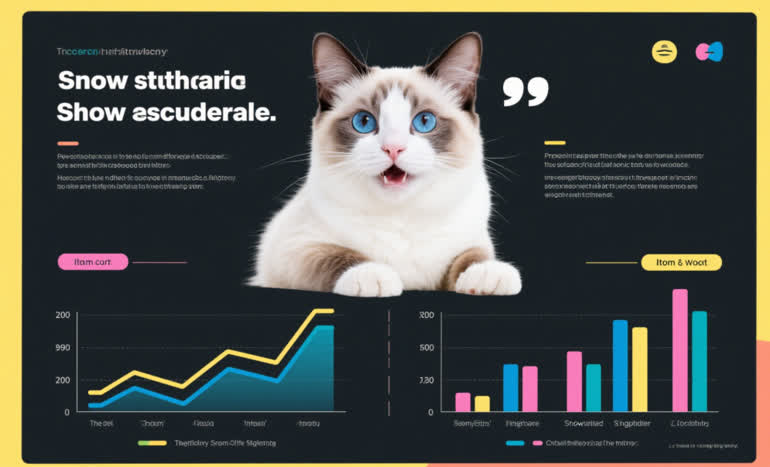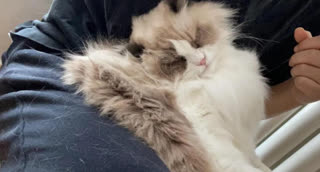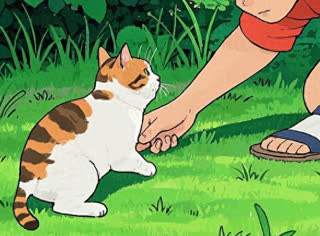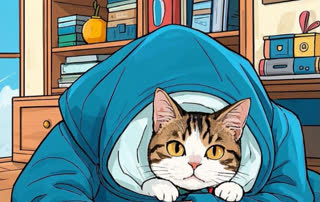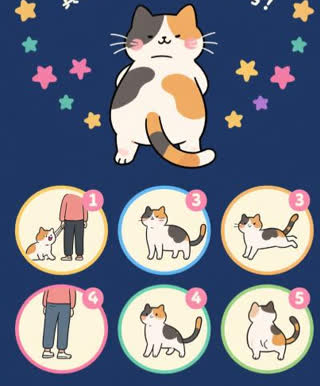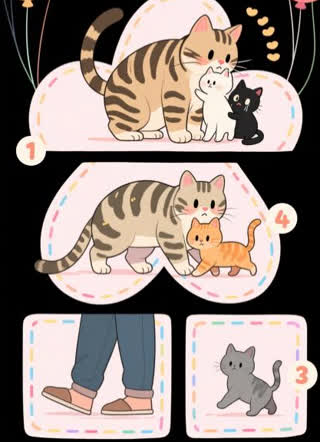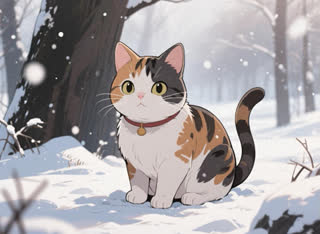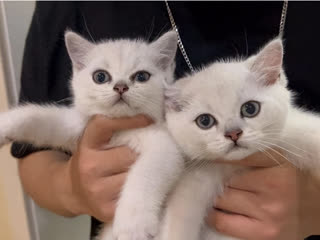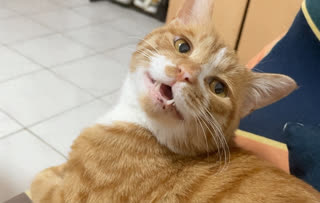The Snowshoe cat breed has captured hearts worldwide with its striking white paws and affectionate personality. As prospective owners consider bringing home these blue-eyed beauties, one critical question emerges: "What's the snowshoe cat breed lifespan in indoor vs outdoor environments?" This comprehensive guide examines how living conditions impact the longevity of this unique feline while offering practical care advice to maximize their years.
Understanding the Snowshoe Cat Breed
Developed in 1960s Philadelphia through Siamese and American Shorthair crossbreeding, Snowshoe cats inherit both intelligence from their Siamese ancestors and sturdiness from their American lineage. These medium-sized felines typically weigh 9-12 pounds with distinctive colorpoint patterns that darken with age.
While their lifespan generally ranges 12-20 years, the "snowshoe cat breed lifespan in indoor vs outdoor environments" shows significant variation. Veterinary studies reveal indoor Snowshoes average 15-20 years compared to outdoor counterparts' 5-8 year lifespan - a crucial consideration for responsible pet ownership.
Indoor vs Outdoor Lifespan Factors
Predator Exposure
Outdoor Snowshoes face constant threats from coyotes, birds of prey, and territorial animals. Their friendly nature reduces wariness, increasing accident risks. Indoor cats avoid these dangers entirely.Disease Prevention
Vaccinated indoor cats have 73% lower risk of contracting feline leukemia (FeLV) and 82% reduced exposure to feline immunodeficiency virus (FIV), per AVMA reports. Outdoor cats frequently encounter unvaccinated strays and contaminated environments.Toxic Hazards
The ASPCA notes outdoor cats encounter 14x more poisonous substances including antifreeze, pesticides, and toxic plants. Indoor environments allow controlled access to safe materials.Temperature Extremes
Snowshoes' short coat provides minimal insulation. Outdoor cats in northern states face hypothermia risks below 45°F, while southern heatwaves can cause fatal dehydration.
Optimizing Indoor Longevity
To maximize your Snowshoe cat breed lifespan in indoor environments:
1. Enrichment Design:
Install cat trees near windows for birdwatching
Rotate puzzle feeders weekly
Create vertical climbing spaces
Maintain consistent play schedules
2. Dietary Management:
Measure portions to prevent obesity (common in 41% of indoor cats)
Choose high-protein, low-carb formulas
Provide fresh water stations in multiple locations
3. Health Monitoring:
Bi-annual vet checkups after age 7
Dental cleanings every 12-18 months
Annual bloodwork to detect early kidney issues
Safe Outdoor Alternatives
For owners committed to outdoor access:
Catio Construction
Secure 8x10ft enclosures with shaded areas and climbing shelves provide safe outdoor stimulation. Use 16-gauge wire mesh to prevent escapes.Harness Training
Start leash training at 4-6 months old using positive reinforcement. Limit sessions to 20 minutes initially.GPS Tracking
Waterproof collars with location tracking provide real-time monitoring during supervised outdoor time.
Breed-Specific Health Considerations
While the snowshoe cat breed lifespan in indoor vs outdoor settings shows clear advantages for indoor living, genetic factors also influence longevity:
Progressive Retinal Atrophy: 23% carrier rate requires annual eye exams
Heart Conditions: Screening for hypertrophic cardiomyopathy starting at age 3
Kidney Health: Increased risk of renal issues after age 10
Regular genetic testing and preventative care can add 2-4 years to a Snowshoe's lifespan regardless of environment.
Owner Testimonials
"I transitioned my Snowshoe Milo to indoor-only after a close coyote encounter. His energy levels improved dramatically with interactive toys." - Sarah T., Oregon
"Our catio lets our Snowshoe pair enjoy sunshine safely. They're now 14 and still act like kittens!" - Michael R., Florida
The snowshoe cat breed lifespan in indoor vs outdoor environments clearly demonstrates that protected indoor living nearly triples life expectancy. By combining species-appropriate enrichment with preventative healthcare, owners can help these charismatic companions thrive through their late teens or early twenties. Remember - every year of responsible care translates to 7 additional years of purrs, headbutts, and those signature white paws kneading your lap.
